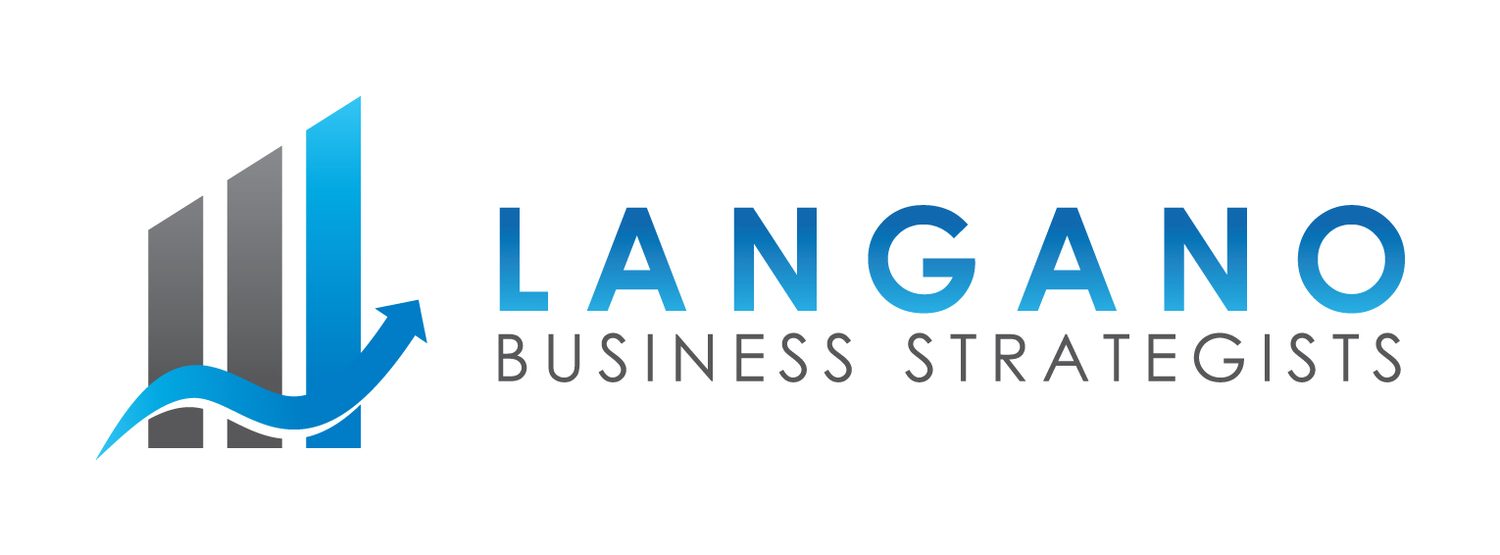When I was a Chair in The Executive Connection, I heard a story about a former TEC member. A very successful business owner and family man, he was at the peak of his life and success. A fitness fanatic and keen sportsman, his family were growing up healthy, happy and full of love, his business kept growing and his community activities were starting to bear fruit. As an all-round success and a wonderful man, it was a shock when he suddenly passed away.
As it happened, he had left a sealed envelope with his best friend, marked “To be opened in the event of my death.” It was quite slim and contained just one sheet of paper with the words “Look in the green box at the left of the top shelf of my wardrobe.” When opened, this box proved that the wonderful planning and foresight that had served him so well in life, was now to serve his family equally well after his life.
This is the Green Box Exercise.
Many people feel that if they have a current will completed, their estate plan is organized. While having a current will completed is crucial, there are more important steps that every business owner should take.
The idea is that you have one place that all the information on the following check list is stored. It may be a safety deposit box, or a locked cabinet in your home. The Green Box is just a metaphor to define a storage place that is safe and that your loved ones and/or key advisors have access to.
Part of the intent of this exercise is to provide direction to your executors on how you would want your affairs, specifically your business affairs, handled in your own words. Yes, the will does provide the legal wording, but a letter in your own words to explain ‘the why’ behind what you are doing will go a long way to helping communicate your key decisions more effectively.
If you are a business owner, you need to make plans for your business as well. Some of the questions that people face in the event of a tragic emergency include: Who is left in charge tomorrow? What will your banker do? Who has the authority to make the necessary decisions tomorrow to make sure your business does not suffer?
These are big decisions. Having a business emergency plan process in place and documented will go a long way to assisting your company and your executors. This is why we feel the green box exercise is something every business owner should do. Find a safe place, and store all of the following information and documents in it. It will save your loved ones confusion and a lack of guidance that they would otherwise be faced with.
THE GREEN BOX CONTENTS
- Letter to your spouse
- Letter to each child
- List of 5 most important employees in the company & their Strengths/weaknesses
- Off balance sheet deals
- Organizational Chart
- List of personal and business people that should be contacted in the event of passing
- Deals in process and evaluation of them
- Strategy that I am thinking about but haven’t told anybody about
- List of Trusted Advisors and their roles (may or may not be currently working with YOUR company) such as Lawyer, Accountant, etc.
- Instructions not addressed in Will
- Copies of POA documents
- Copy of Passport, Birth Certificate
- Copy of all credit cards
- Copy of physical property titles
- Personal stock portfolio information
- Details of Life insurance- personal and company owned
- Details of all other insurance
- Copies of personal property valuations (Jewelry, guns, collectables, etc)
- Computer passwords
- Personal financial statement
- Extra passport photos
- Medical/Dental charts
- Funeral/Burial instructions
- Mementos and to whom you’d like them given
- Whatever else is important to your family or your business
